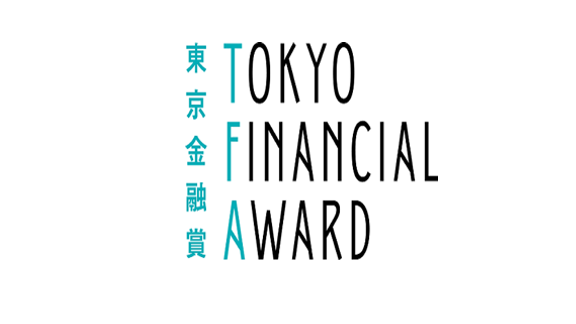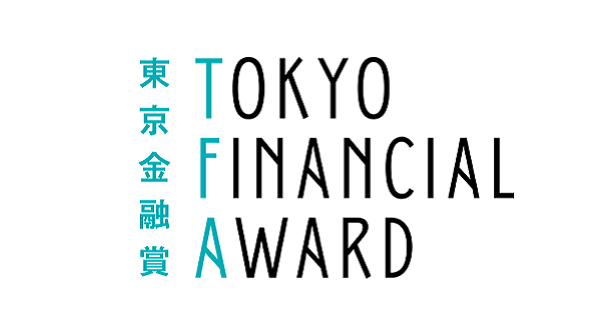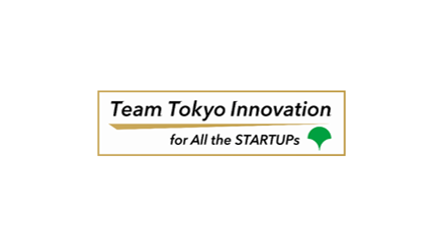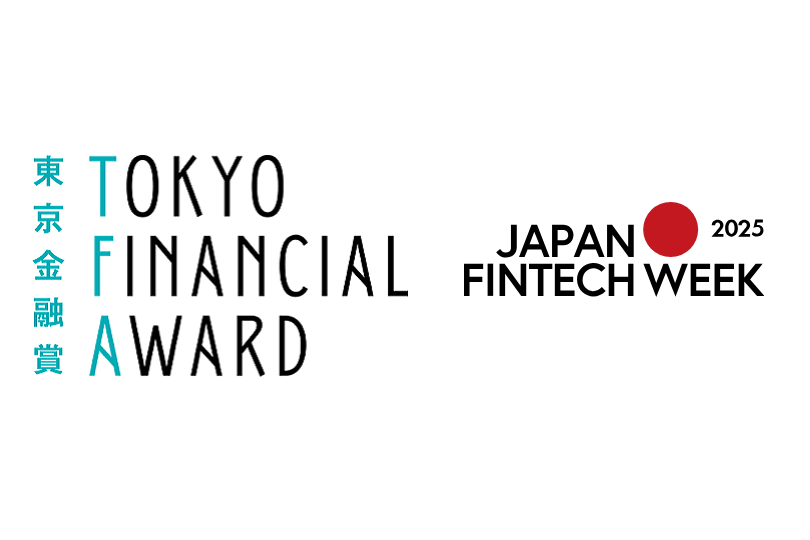Verification Testing for Practical Use of Next-Generation Solar Cells Commences
The Tokyo Metropolitan Government is proud to announce the completion of Japan's first installation of film-type next-generation solar cells at a sewerage facility. This initiative, undertaken in collaboration with a development company, aims to advance the practical application of domestically developed next-generation solar cell technology. Verification testing, the largest of its kind in the country, officially began Wednesday May 24, 2023.
Overview of Next-Generation Solar Cell Verification
(1) Installation location
Morigasaki Water Reclamation Center: On the covering of the reactor at the sewage treatment facility (Fig. 1)
(2) Number of panels, area, and rated output
3 types of batteries of different sizes x 3 panels (Fig. 2), approx. 9 m2, approx. 1 kW (total) * the largest in Japan
(3) Key testing objectives
Measurement of power generation efficiency, verification of corrosion resistance, etc.
Fig. 1: Morigasaki Water Reclamation Center
Fig. 2: Next-generation solar cells (in the red frame)
Research partner
SEKISUI CHEMICAL CO., LTD.
This company promotes research on film-type next-generation solar cells for generating large amounts of electricity.
Period of Joint Research
December 1st, 2025
- Press Info (175.5KB)
Reference: Joint Research Content
(1) Location
Morigasaki Water Reclamation Center, Bureau of Sewerage
Address: 2-5-1 Showajima, Ota-ku, Tokyo
(2) Purpose of research
Verify the applicability of film-type next-generation solar cells to sewage facilities.
Reference: Next-Generation Solar Cells
Next-generation solar cells are next-generation solar cells that use a crystalline structure called perovskite. Compared to silicon-based solar cells, they have the following properties:
- Since they are thin, light and flexible (Note 1), the range of places they can be installed is wider.
- The development of manufacturing technology may lead to mass production and reduced manufacturing costs (Note 2).
- This is a technology originating in Japan, and about 30% of the world's production of iodine, which is the main raw material, is produced in Japan.
Note 1: Approx. 1 mm, 1.5 kg/m2 (with the development partner)
Note 2: The development partner aims to realize a roll-to-roll manufacturing process.
Therefore, it is expected to be highly competitive against silicon-based solar cells.
For Inquiries
Technical Development Section, Planning and Coordination Division, Bureau of Sewerage
TEL: 03-5000-7643






Recommended for You
Technological Support for the Dhaka Water Supply and Sewerage Authority
October 3, 2022
Govenor Koike Calls for Innovation at FII PRIORITY Asia Summit 2025
December 1, 2025
Engineering Safety from the Ground Up
December 5, 2025
Invitations Open for the Tokyo-London Financial Seminar 2026
December 19, 2025
Premium College (Part 1): Tokyo’s Path to a New Youth
December 5, 2025
Premium College (Part 2): Beyond the Classroom, Lifelong Learning
December 5, 2025
Startup Aims to Launch a Space Economy
December 19, 2025
Tokyo Rises to Second Place in Global Power City Index 2025 for First Time
December 17, 2025
An Interview with Florence Chua: Preparing Tokyo for World-Class Business Events
December 11, 2025
Sharing Traditional Edo Culture Through AI
December 10, 2025